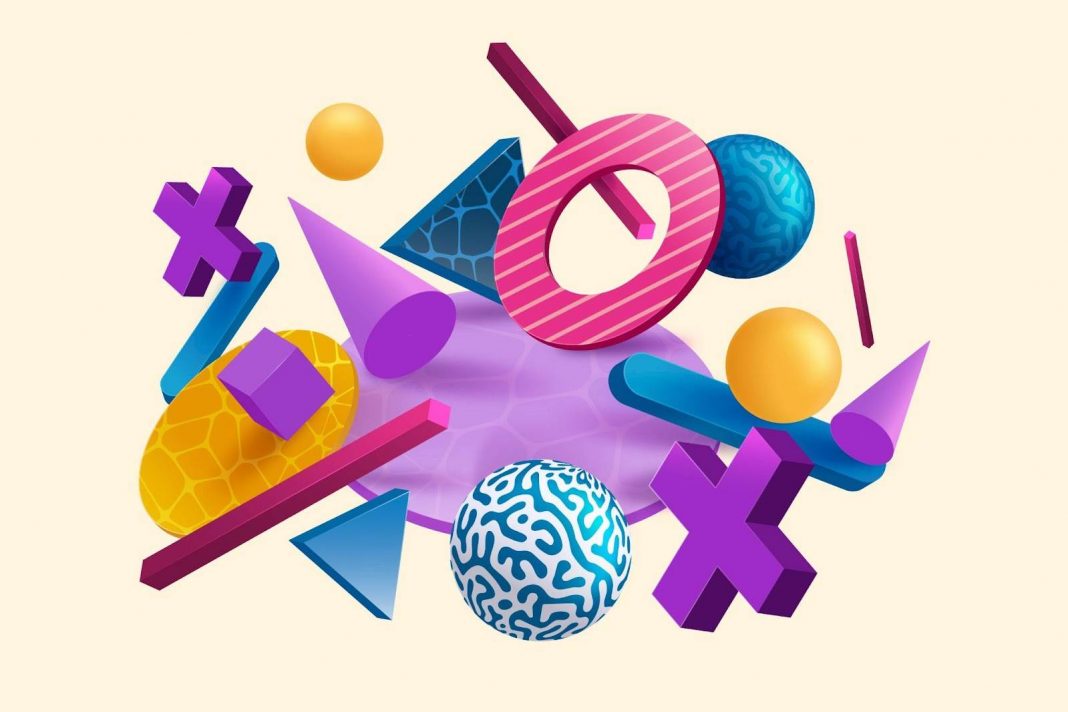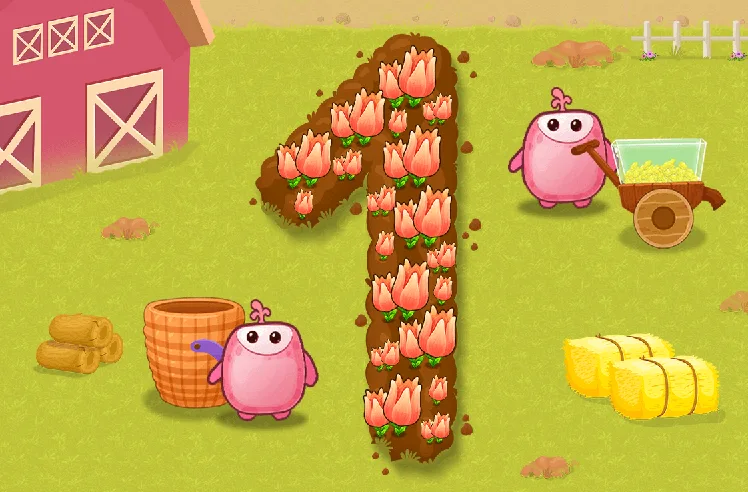Math can be tough, but it shouldn’t be boring or confusing. That’s where math manipulatives come in – helpful tools that make learning math more hands-on and fun. According to a study on EdTechBooks.org, using things you can touch and move around, like blocks or beads, helps students understand math better. These tools are great because they turn abstract math problems into something you can see and handle, which makes learning easier and more interesting.
Math & ELA | PreK To Grade 5
Kids see fun.
You see real learning outcomes.
Watch your kids fall in love with math & reading through our scientifically designed curriculum.
Parents, try for free Teachers, use for free
This blog will look at some of the best math manipulatives to teach maths. These are not just random choices; they’re tools that have been picked to help make math clearer and more engaging. Whether you’re a teacher looking for new teaching methods or a parent helping your child with math at home, these manipulatives can make a big difference.
Looking for an engaging way to reinforce math concepts? Discover SplashLearn’s interactive math games that make learning fun and effective.
What are Math Manipulatives?
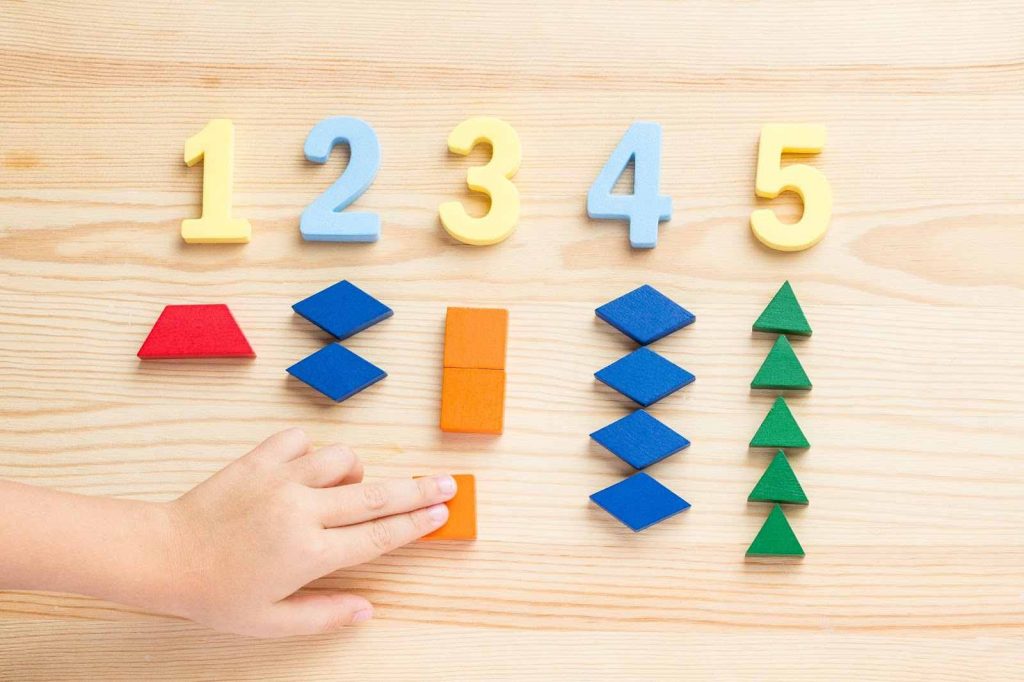
Math manipulatives are tools you can touch and move around to help you learn math. They make learning math more hands-on and less about just numbers and paper.
When you use manipulatives in math, it’s like turning math problems into a physical game. You can see and feel what you’re learning. This helps make tough math ideas easier to understand. For example, if you’re learning about addition, you can move pieces to count instead of just imagining the numbers in your head.
Teachers often use manipulatives in the classroom because they make learning more active. Instead of just listening to a teacher or watching the board, students can move things around and figure out problems in a way they can see and touch. This makes math more interesting and can help students learn better by doing things rather than just seeing or hearing them.
Related Reading: Best Math Teacher Supplies for Elementary Classrooms
11 Best Math Manipulatives to Teach Maths
1. Counting Blocks
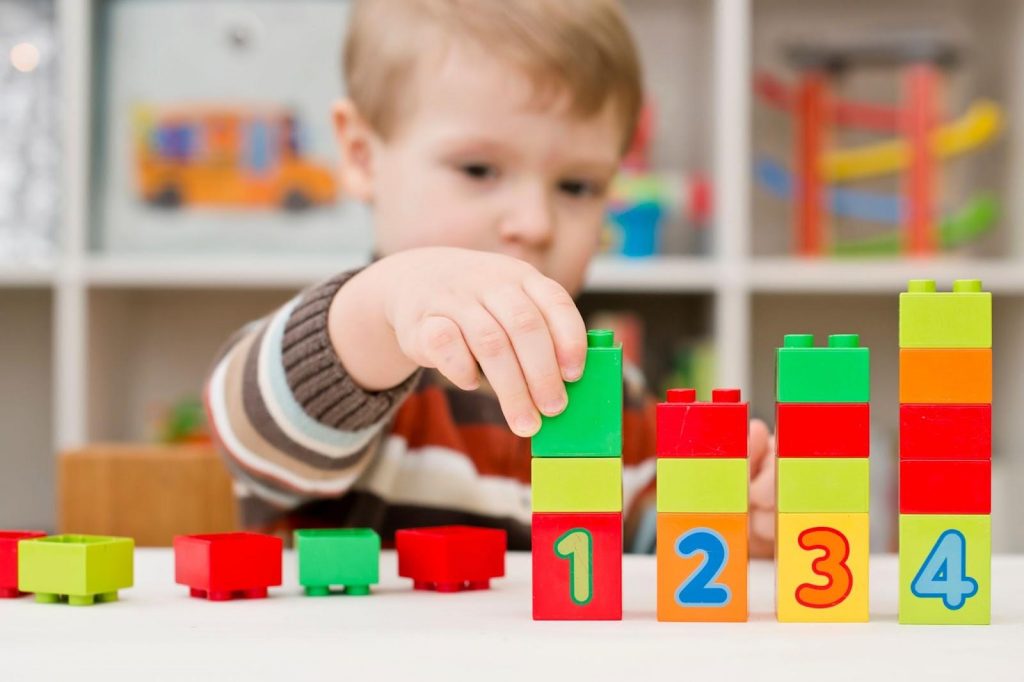
Counting blocks are small, colorful blocks that kids can use to learn numbers and basic math. They are perfect counting manipulatives because kids can touch, move, and count each block. For example, if you’re teaching addition, kids can add blocks together to see the answer. Counting blocks for math is also great for understanding patterns and sorting by color or size. They make learning numbers real and fun, turning abstract ideas into something kids can see and hold.
Master counting in a fun way! Check out Counting Games for a playful learning experience.
2. Online Math Games
Online math games are a modern and interactive way to learn math. These games serve as virtual math manipulatives, bringing a blend of fun and educational content to the learning process. A prime example of this innovative approach is SplashLearn.
SplashLearn stands out as an exceptional online platform that transforms traditional math learning into an exciting adventure. Its games are designed with vibrant graphics and fun challenges that instantly grab the attention of young minds. What makes SplashLearn particularly effective is how it seamlessly integrates math concepts into games, making learning feel like play. This approach is incredibly beneficial for children who might otherwise find math intimidating or dull.
The interactive nature of SplashLearn’s games provides immediate feedback, a feature crucial for reinforcing learning and boosting confidence. As children navigate through different levels and challenges, they receive real-time responses to their actions, helping them understand concepts more clearly and quickly.
Transform math learning into an exciting adventure. Visit SplashLearn for a variety of Math Games that make learning a joy.
3. Geometric Shapes
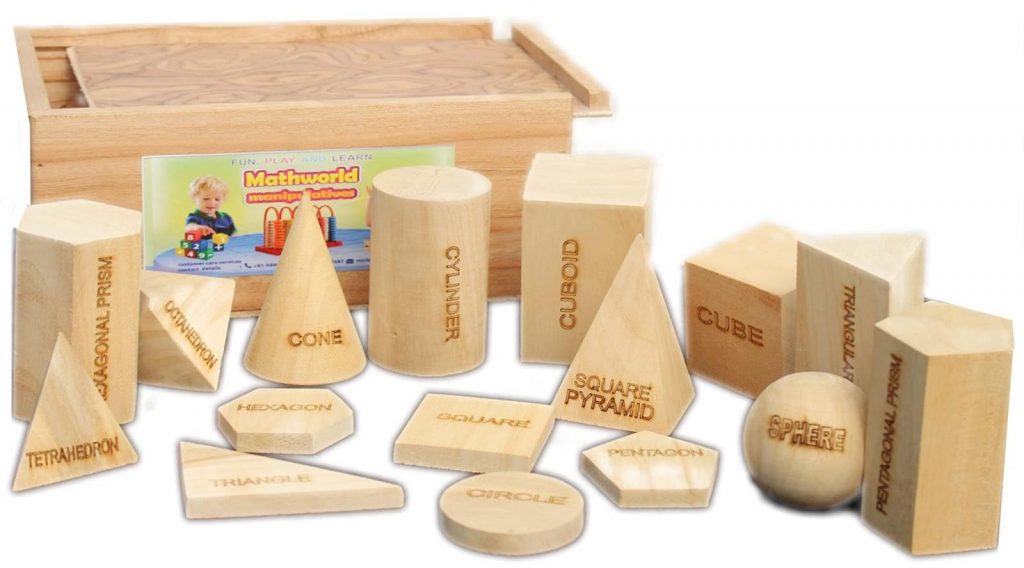
Geometric shape manipulatives are shapes like circles, squares, and triangles, often made of plastic or wood. They help kids learn about different shapes and how they fit together. Kids can use them to understand concepts like area, perimeter, and the properties of different shapes. These manipulatives make learning about shapes interactive and visual, much more engaging than just looking at pictures in a book.
Explore geometry with joy! Dive into SplashLearn’s Geometry Games and discover the fun side of shapes.
4. Pattern Blocks
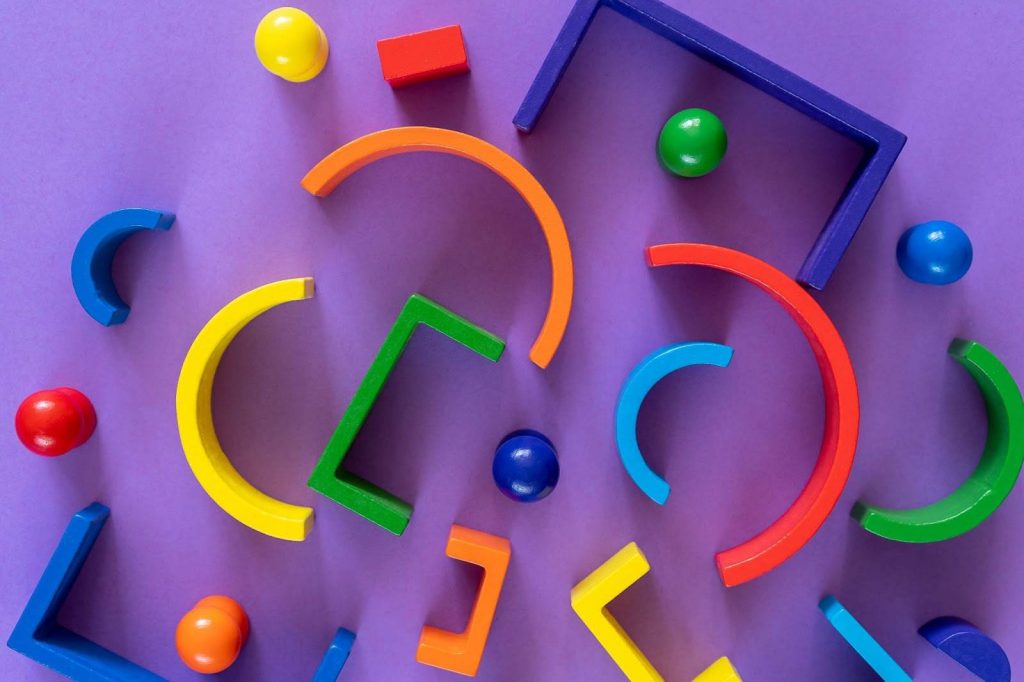
Pattern blocks are shapes that fit together to make patterns and designs. They come in different colors and shapes, like hexagons, triangles, and squares. Kids can use them to learn about symmetry, fractions, and geometry. By playing with pattern blocks, kids can see how shapes work together and start to understand more complex math ideas. These blocks turn learning into a creative and enjoyable activity where kids can explore and discover math concepts through play.
Related Reading: What are Fraction Rules - Definition, Types, Examples, Facts
5. Abacus
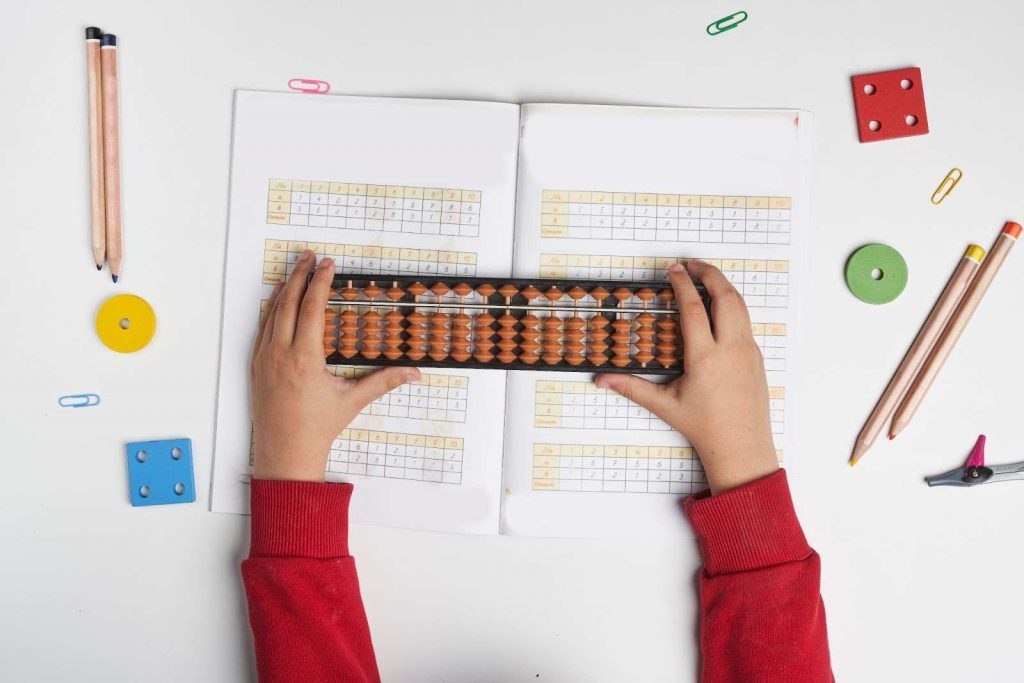
An abacus is a traditional tool with rows of beads that slide back and forth. It’s great for teaching basic arithmetic like addition, subtraction, and even early multiplication. Kids move the beads to count and solve problems, making it a hands-on experience. The abacus can also be used as one of the earliest multiplication manipulatives, helping kids understand repeated addition and basic multiplication concepts.
Related Reading: Fun and Effective Ways to Teach Multiplication to Kids
6. Fraction Tiles
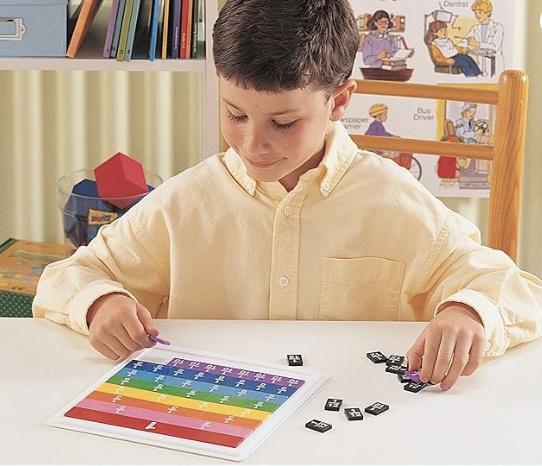
Fraction tiles are fraction manipulatives in different colors and sizes, representing various fractions like halves, thirds, and quarters. They help kids visualize how fractions work and how different fractions can add up to make a whole. By physically manipulating these tiles, children can better understand the concept of fractions, compare different fractions, and even explore basic fraction addition and subtraction.
Make fractions easy and enjoyable. Play with SplashLearn’s Fraction Games and master the art of fractions.
7. Cuisenaire Rods
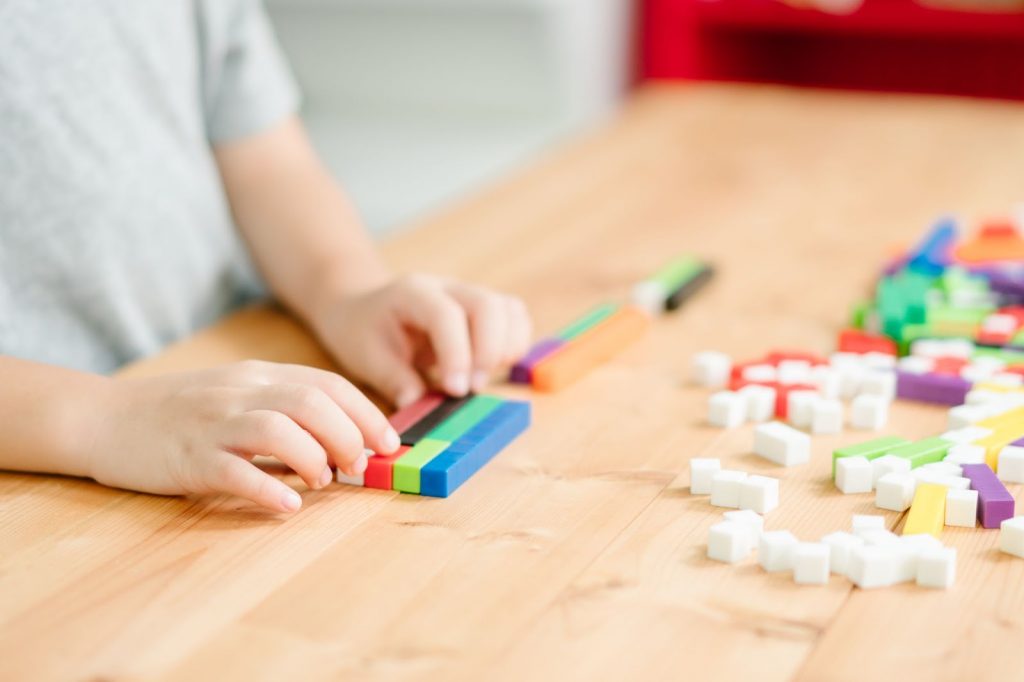
Cuisenaire rods are small, colored blocks of different lengths. Each color and length represents a different number, and they can be used for various math concepts, from basic counting to more complex operations like division and fractions. These rods are particularly effective as place value manipulatives, helping kids understand the concept of tens, hundreds, and so on in a very visual and tangible way.
8. Tangrams
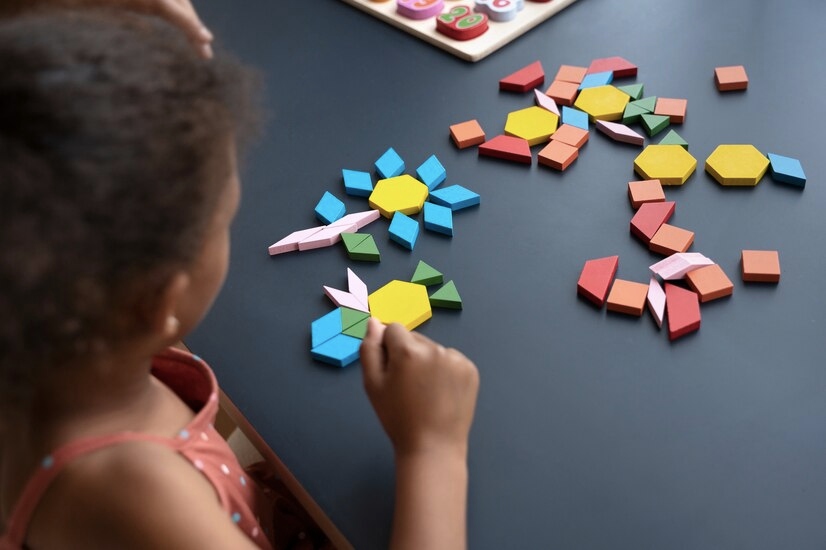
Tangrams are ancient Chinese puzzles made of seven flat pieces that can be arranged to form various shapes. They are excellent for teaching spatial awareness, geometry, and problem-solving skills. Kids can use tangrams to learn about symmetry, shape properties, and even basic fractions as they divide the shapes into smaller parts.
Related Reading: Fun Problem-Solving Activities for Growth Mindset
9. Base Ten Blocks
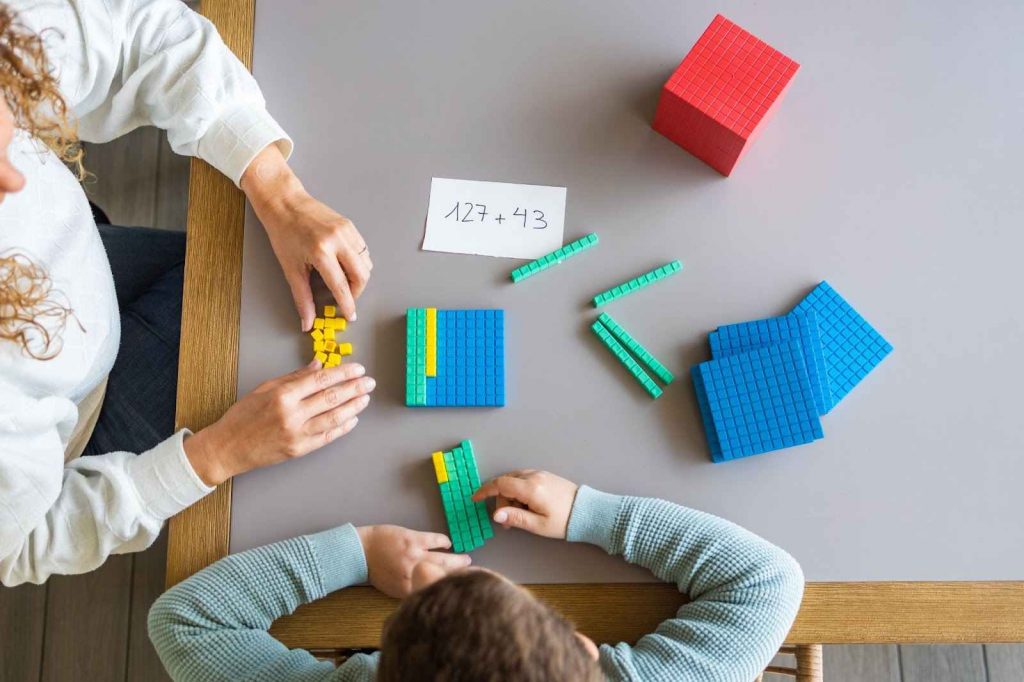
Base ten blocks are a set of cubes, rods, flats, and more, each representing different place values like ones, tens, hundreds, and thousands. These are essential place value manipulatives, helping kids understand the decimal system and concepts like addition, subtraction, and place value in a very hands-on way. They are particularly useful in making abstract concepts like regrouping in addition and subtraction more concrete and understandable.
Related Reading: What is Subtraction with Regrouping? Definition, Steps, Examples
10. Clocks and Time Manipulatives
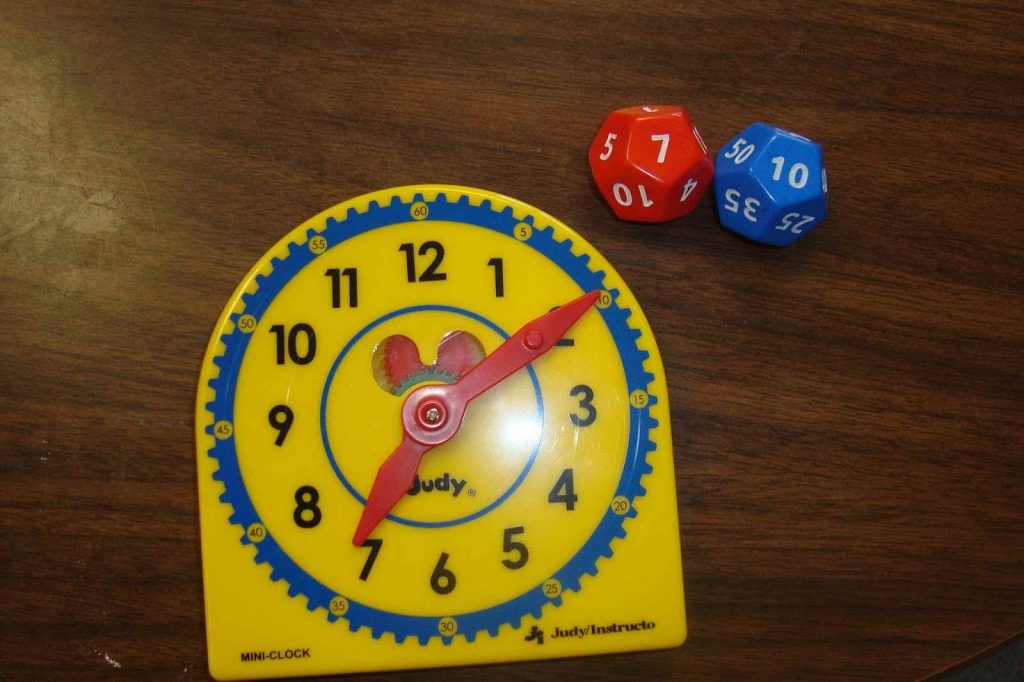
Learning about time can be tricky, but clocks and manipulatives make it easier. These tools include toy clocks with movable hands and other resources that help kids understand hours, minutes, and the passage of time. They are great for teaching how to read clocks, understand time intervals, and even basic arithmetic involving time calculations.
Master the concept of time. Play Time Games for an engaging way to learn hours and minutes.
11. Dominoes
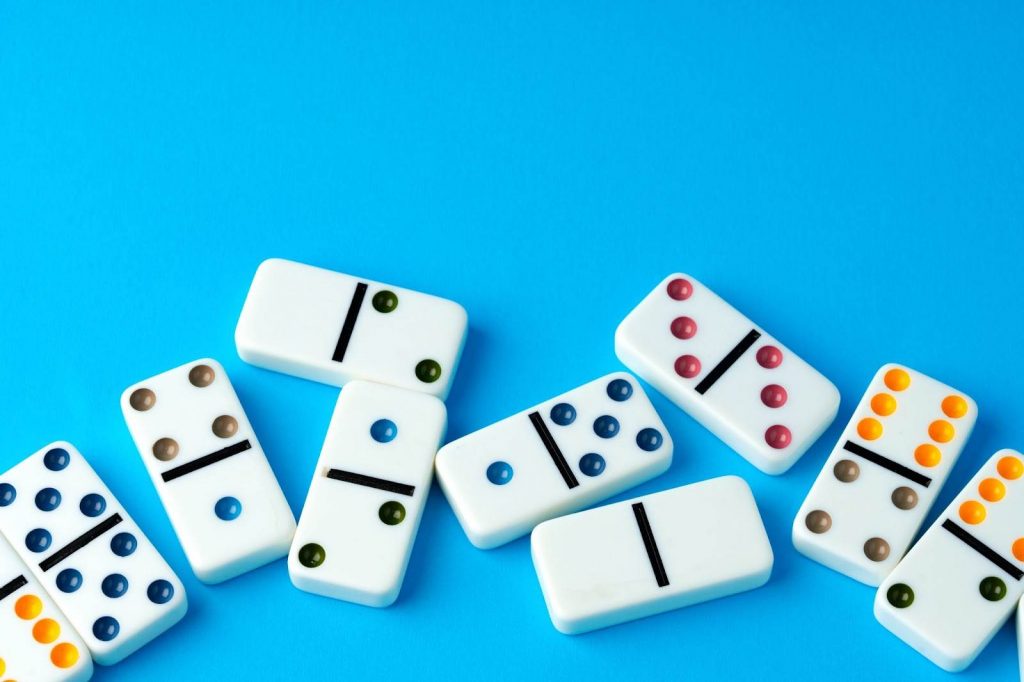
Dominoes are not just for games; they’re great for learning math too. Each domino has a different number of dots, which can be used to teach counting, addition, and subtraction. Kids can match dominoes with the same number of dots or add up dots to find answers to math problems. Dominoes make learning numbers fun and game-like, which can help keep kids interested and excited about math.
Related Reading: How to Help Kids with Math: 6 Innovative Approaches
4 Benefits of Using Math Manipulatives
- Enhances Understanding of Complex Concepts: Math manipulatives turn abstract ideas into something concrete. This makes it easier for kids to grasp complex concepts. For example, using blocks to learn about fractions shows kids exactly how parts make up a whole. This hands-on approach helps children understand and remember math concepts better than just reading or listening to explanations.
- Caters to Different Learning Styles: Every child learns differently. Some understand better by seeing, others by touching or doing. Math manipulatives cater to these varied learning styles, especially benefiting those who learn best through tactile and visual means. By physically manipulating objects, kids who struggle with traditional learning methods can find a way to connect with mathematical ideas.
- Builds Problem-Solving and Critical Thinking Skills: Manipulatives encourage kids to experiment and solve problems in a hands-on way. This helps them understand math and develops their problem-solving and critical-thinking skills. As they manipulate objects, they learn to try different approaches, think logically, and understand the consequences of their actions in a tangible way.
- Increases Engagement and Motivation: Let’s face it, math can sometimes be seen as dull. Manipulatives add an element of fun and exploration to math lessons. They turn learning into a more interactive and engaging activity. This increased engagement can lead to greater motivation and a more positive attitude toward math, making students more likely to participate and enjoy their math lessons.
Physical Vs. Virtual Math Manipulatives
When it comes to math manipulatives, we have two main types: physical and virtual. Both have unique advantages and can be used effectively in different teaching scenarios.
| Aspect | Physical Math Manipulatives | Virtual Math Manipulatives |
|---|---|---|
| Tactile Experience | Provide a hands-on experience. Enhances understanding and retention through touch and movement. | Lack of the tactile aspect, relying on visual and interactive elements. |
| Technology Requirement | No technology is required. It is ideal for environments with limited tech access or younger children. | Require internet access and devices. Suitable for both classroom and remote learning. |
| Interaction | Encourage collaboration and social skills through group activities in a classroom setting. | Offer interactive and engaging elements like games and challenges, but may limit physical social interaction. |
| Resource Availability | Limited by the number of physical items available. | Offer infinite resources with various options and features that can be duplicated endlessly. |
| Accessibility | Restricted to the physical location where they are available. | Easily accessible online from any location with internet connectivity. |
Explore virtual math manipulatives with SplashLearn. Accessible, engaging, and infinitely resourceful – perfect for the modern learning environment.
Choosing Between Physical and Virtual
The choice between physical and virtual manipulatives often depends on the learning objectives, the environment, and the preferences of both the teacher and the students. In some cases, combining both can be the most effective approach, allowing students to benefit from the tactile experience of physical manipulatives and virtual tools’ interactive, engaging nature.
Both types aim to make math learning more concrete and understandable, each bringing its unique strengths to the educational experience.
Conclusion
In conclusion, math manipulatives, whether physical or virtual, are fantastic tools for making math learning easier and more fun. Each manipulative offers a unique way to understand and enjoy math, from counting blocks to online math games. They help turn abstract concepts into something kids can see, touch, and interact with. By incorporating these tools into math lessons, we can help students of all ages develop a stronger grasp of mathematical concepts and a greater love for the subject.
Related Reading: Best Math Games for Kids That Are Fun to Play
Frequently Asked Questions (FAQs)
What age group benefits most from using math manipulatives?
Math manipulatives are great for all ages but are especially beneficial for younger children just starting to learn basic math concepts. They help make abstract ideas concrete and understandable.
Can math manipulatives be used for advanced math topics?
Certain manipulatives like Cuisenaire rods and base ten blocks can be used for more advanced topics like fractions, division, and place value, making them versatile for various learning levels.
Are virtual math manipulatives as effective as physical ones?
Virtual math manipulatives can be just as effective, offering interactive and engaging learning methods. They are particularly useful for remote learning or when physical tools aren’t available.

















